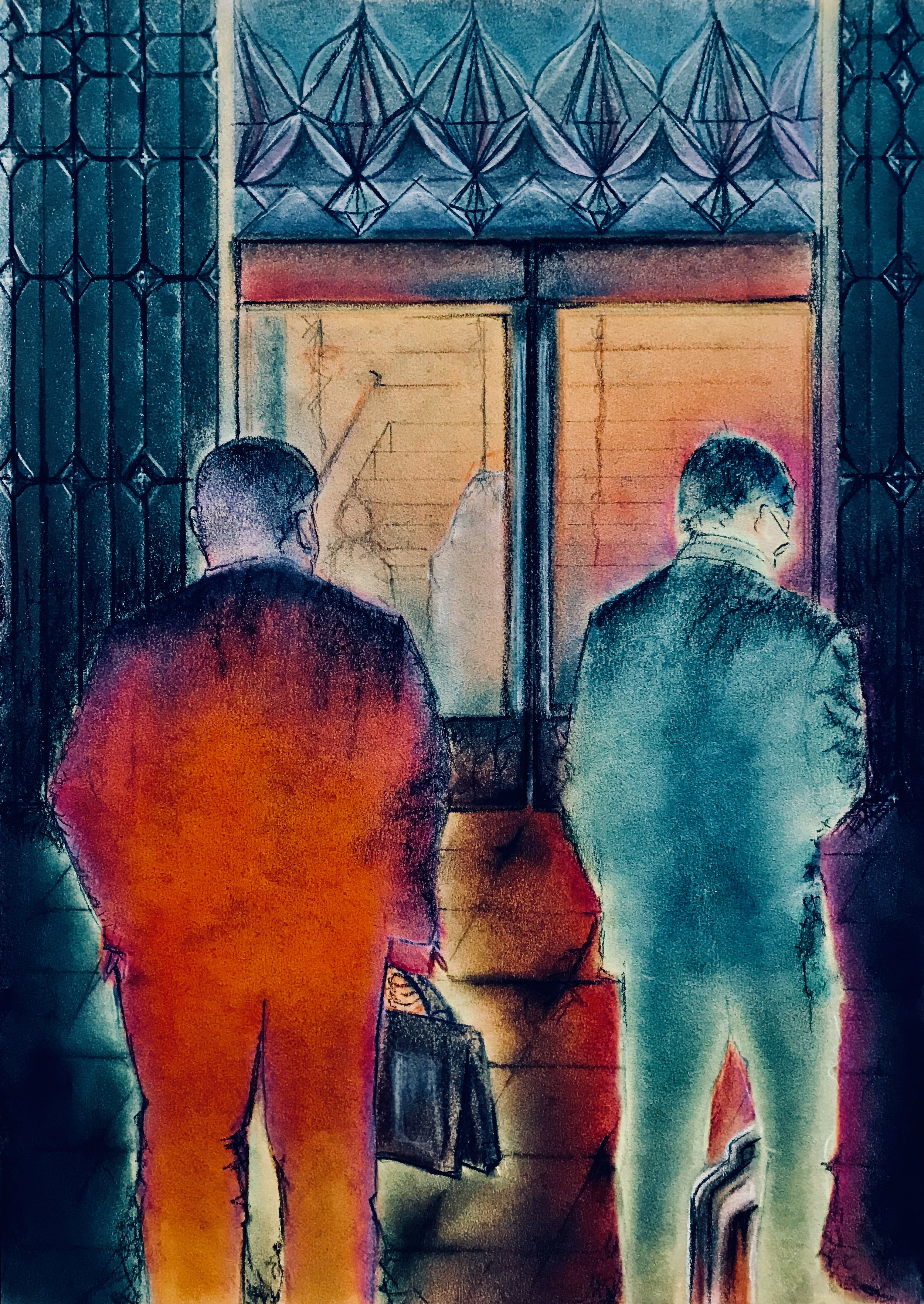Resolving differences
The Black Riders
There are blows in life so heavy... I don't know!
Blows as if from the hatred of God; as if before them
the backwash of everything suffered
has welled up in the soul... I don't know!
They are few, but they exist... they open dark gashes
in the most ferocious countenance and in the strongest back.
It may be they are the colts of savage Attilas,
or the black riders sent to us by Death.
César Vallejo
Resolving Differences is a product of assessing the alignment between our own objectives and those of our stakeholders’, and finding ways to increase the alignment.
“In the quest to design a corporate ecosystem that reliably — and profitably — meets the needs of people and the planet, there can be no singular heroes. Addressing the interconnected emergencies facing our societies and planet will demand systems change, and no CEO can deliver this change on their own. CEOs and policy makers must engage deeply with the question of how to ensure business is an enduring force for good. Four systems-change principles are key to navigating the growing call to focus on stakeholders, not just shareholders.
1. Aligning interests by understanding that systems leadership relies on culture and putting products to the purpose test
2. Empowering directors by upholding purpose within and outside the boardroom and locking in purpose
3. Changing the default by fixing the rules, using direct language and moving from corporate goals to industry- or systems-level goals
4. Reflecting with reporting by accounting for ESG’s limitations and advocating for better standards”
Our power style provides us with the capacity for Resolving Differences.
The agility with which leaders can carry out the tasks associated with resolving differences depends on their power style – their response when their views and interests conflict with those of others. And this capacity comes from understanding of the unconscious strivings of stakeholders and their followers, and working with the power that shapes organisational culture. Most leaders emphasise one of two basic forms: assertive power of advocating their own views and interests, and receptive power, of willingness to understand and seriously consider others’ views and objectives. As they develop, they become more able to employ both receptive and assertive power styles.
Awareness of conscious and unconscious strivings in our roles aids in expanding our power style.
Because most leaders seem to have an ability to reawaken primitive emotions in their followers, senior management roles pose significant challenges because of the practical, symbolic, and emotional demands placed on them. While at the conscious level a leader is appointed or elected, at the unconscious level the leader takes or is put into a role which requires going into collusion with the unconscious striving to escape anxiety triggered by circumstances.
Working with the tensions between others’ idealised image and one’s own flawed character enables us to shape a healthier organizational culture.
Essentially, leaders’ representation of followers’ cherished principles and affirmation of their wishes, and followers’ willingness to humour leaders’ illusions, turns leadership into an ability to channel a widespread psychosocial phenomena that aids people in escaping anxiety about their circumstances. However, negative consequences emerge when leaders accrue power and use such power to affirm and amplify flaws in their character thereby contributing to whole organisations becoming “neurotic”. Power, then, is key to organisational norms. Leaders, as objects of infatuation, become endowed with all the perfections, forming part of the subordinate’s ego-ideal, the set of idealised images against which they measure themselves. Emboldened by the idealisation, leaders then feel justified in side-lining those who do not agree. As a result, the neurotic style becomes the leader’s driver and the organisation’s cultural signature.
